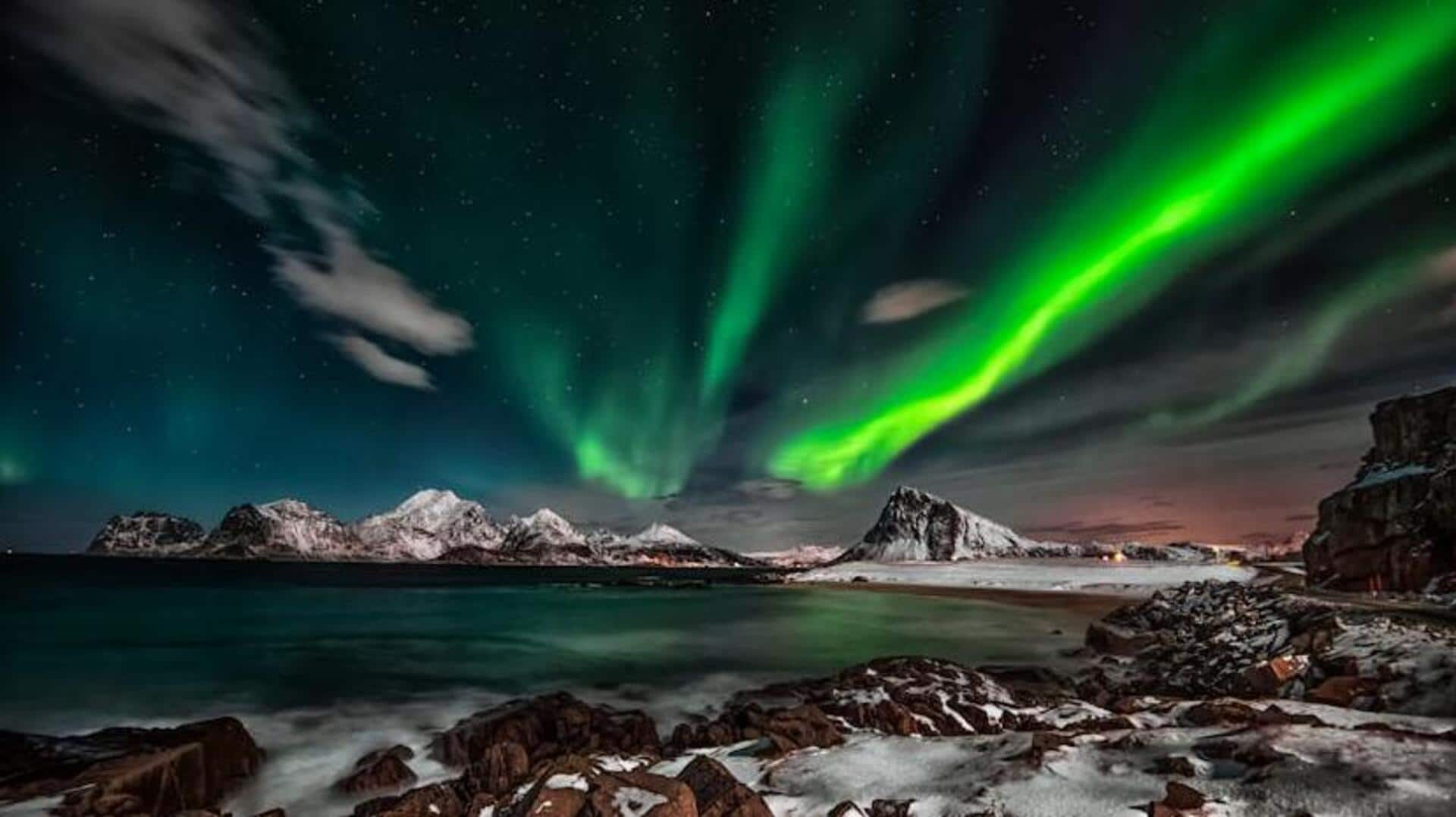
Aurora village camping: Arctic light shows
What's the story
Camping at the aurora village offers the ultimate way to experience the northern lights in the heart of nature's tranquility. This one-of-a-kind adventure blends the excitement of camping under the stars with the unparalleled wonder of witnessing auroras dancing in the night sky. Perfect for nature enthusiasts and adventurers alike, this experience offers an unforgettable journey into the wild under the most breathtaking light show on earth.
Timing
Choosing the right time to visit
The ideal time to visit aurora village for northern lights is between late September and early April. Why? Because during this period, nights are the longest, offering plenty of darkness for the lights to become visible. The high season is between December and February, when it is the coldest, but the auroral activity is usually the most intense.
Gear up
Preparing for Arctic conditions
You need a high-quality sleeping bag rated for at least -20 degrees Celsius (or colder) and an insulated pad to go underneath it. Layer your clothing with moisture-wicking materials next to your skin and waterproof items on the outside. Invest in thermal gloves, hats, and boots that can handle extreme cold.
Location
Selecting your campsite wisely
When selecting a campsite within aurora village, opt for ones that have unobstructed views of the northern horizon with minimal light pollution from nearby amenities or cities. Some sites may be located on a bit of a rise or small hill, giving you an extra advantage for aurora viewing. Proximity to water bodies can also be beneficial because of their ability to reflect the lights, amplifying your experience.
Prediction
Understanding Aurora forecasts
Knowing how to interpret aurora forecasts is like having a secret weapon for catching nature's light show. Space weather websites and apps offer predictions about geomagnetic activity, the heartbeat behind those dancing northern and southern lights. Watch for the KP-index: a scale from zero to nine that measures geomagnetic strength. Higher numbers mean brighter skies and better chances to spot the aurora.
Snap it
Photography tips for capturing auroras
To photograph the northern lights, you need to tweak your camera settings: Stabilize your camera on a tripod. You'll be taking long exposures in low light. Switch your camera to manual, use a wide-angle lens, maximize your aperture (f/2.8 or lower), adjust your ISO between 800-3,200 depending on the light, and play around with shutter speeds ranging from five to 30 seconds to capture the aurora's motion.